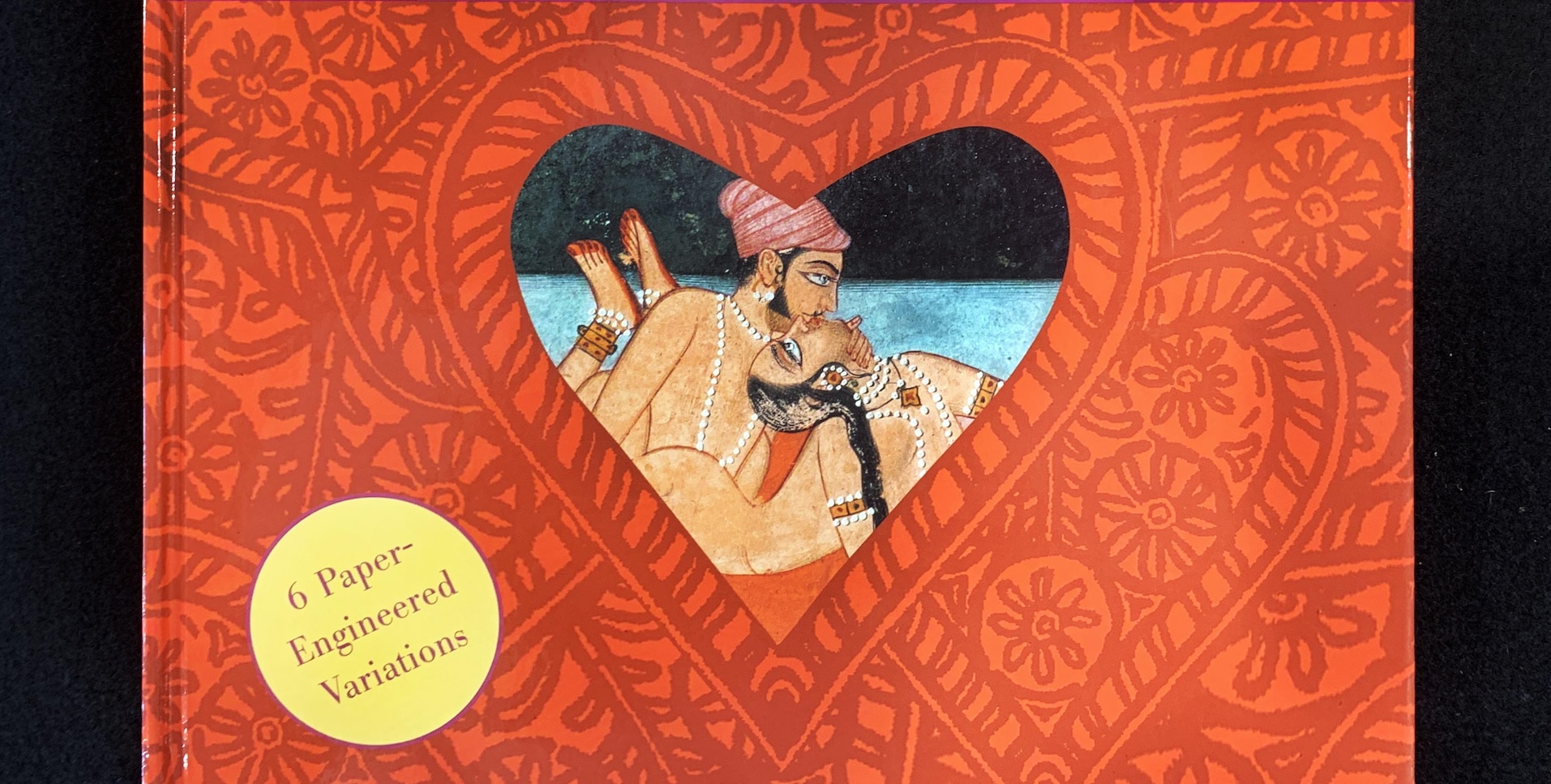
Studying the Salacious
Since humans first began drawing, they have drawn genitals. Throughout history, what defines literature and imagery as pornographic, explicit, or even enticing fluctuates in conjunction with societal values and taboos. Such factors have long been understood as essential focuses of anthropology and history. Thus, the study of the erotic—and how it is classified—is also a study of human ideology.
What, then, can we learn about the past and apply to our present when we examine explicit materials from long ago? And what is erotica’s place in modern archives?
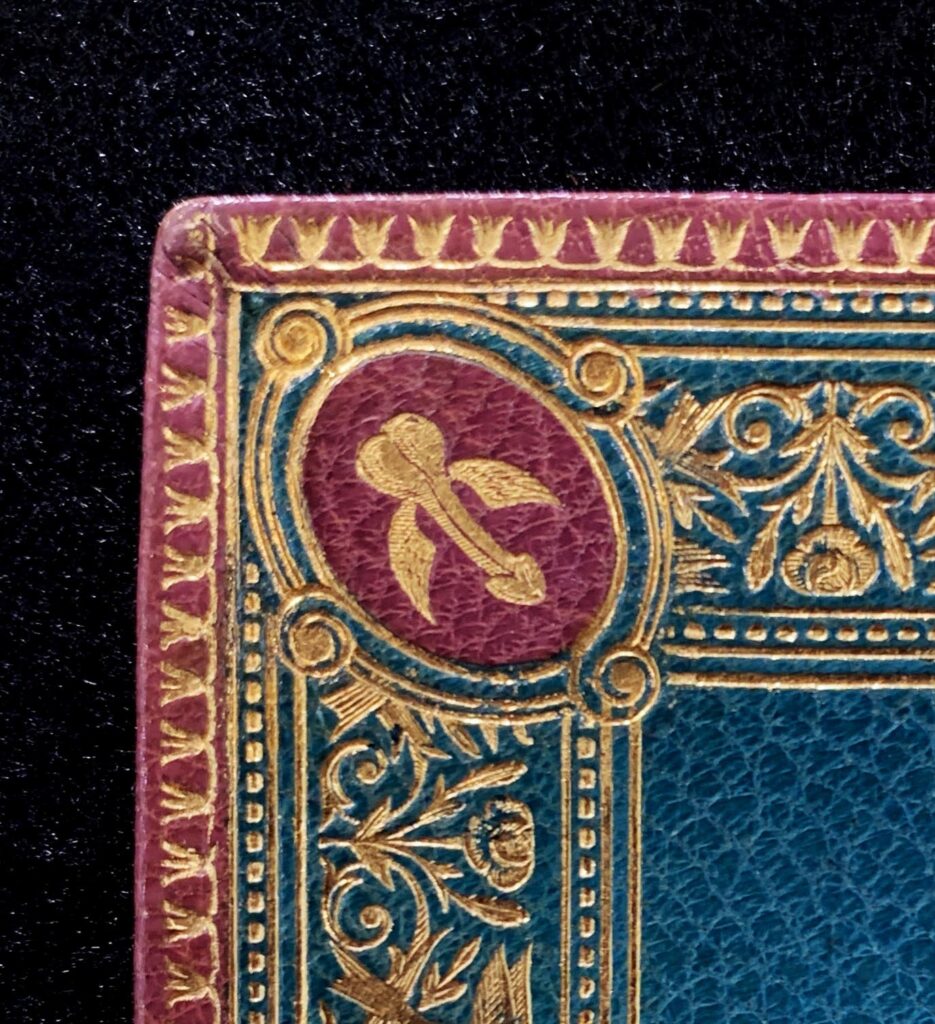
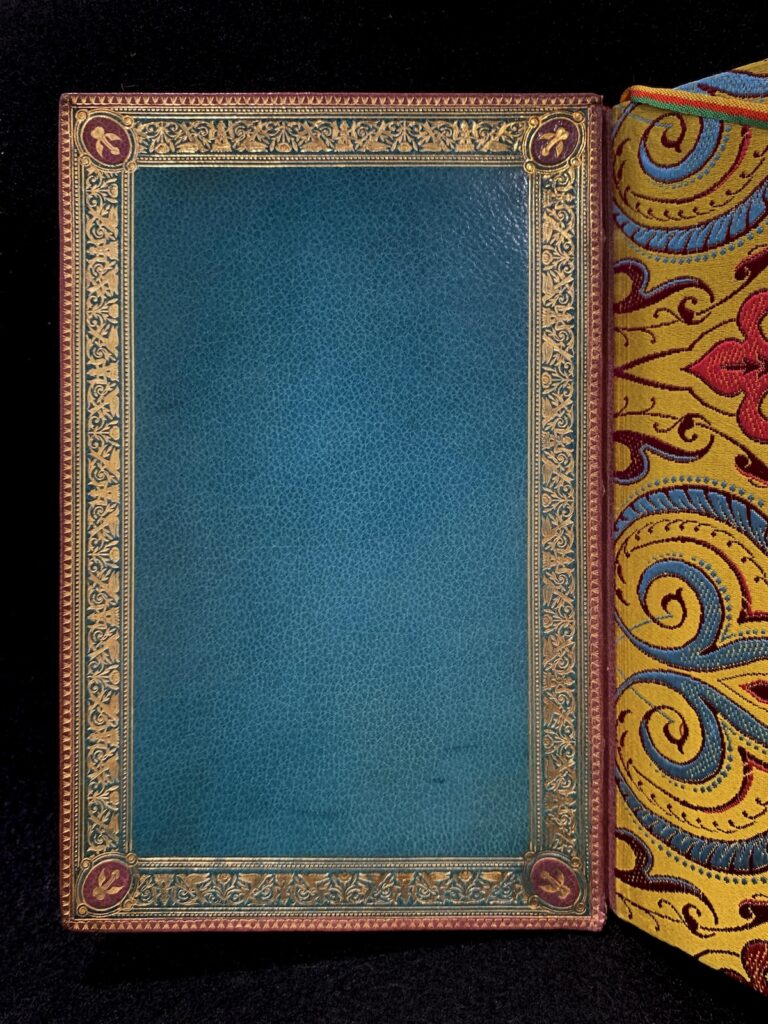
Today we delve into three examples of the explicit, the erotic, and the enlightening found within Special Collections.
Censorship: The Hypnerotomachie
The history of explicit imagery is also a story of censorship and control. The way graphic or sexual material is handled tells us much about the politics of the time.
The Hypnerotomachie, originally printed in 1499, tells the fantastical tale of Poliphilo and his romance with Polia through a series of dream sequences and woodcut illustrations. While this work is remarkable for several reasons, our copy includes a series of images that were often censored, notably “The Sacrifice of Priapus,” the Greek god of fruit, fertility, and male genitalia.
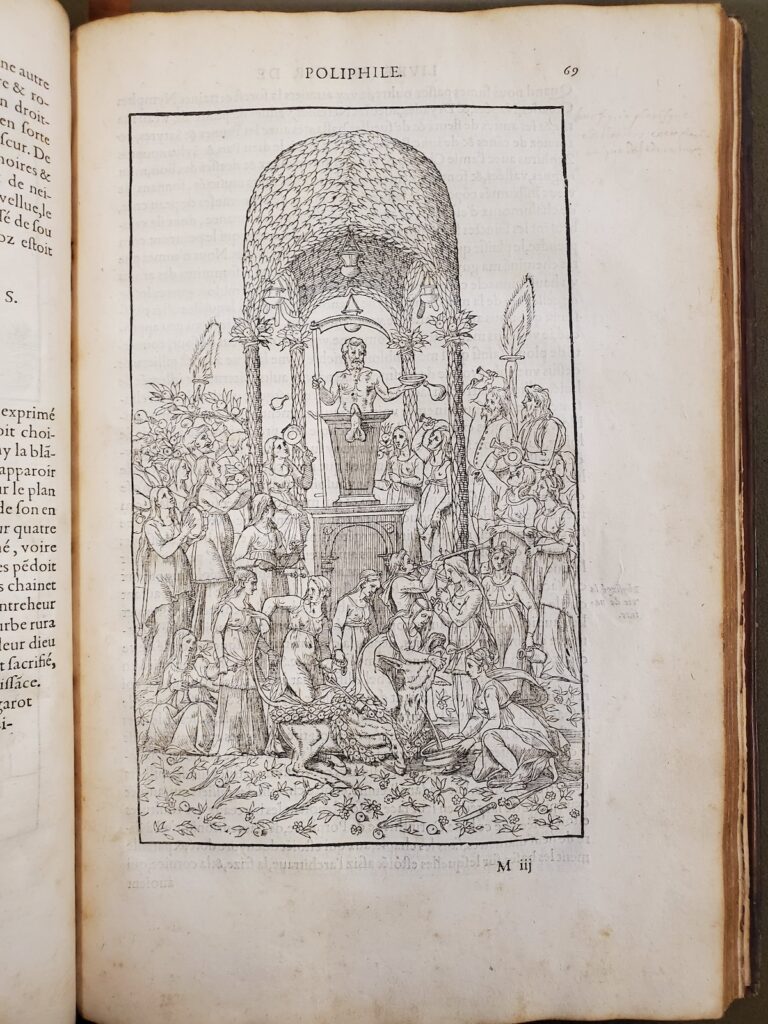

This particular illustration, as noted in Latin in the margins of our copy, is often missing from editions, having been either covered in ink or torn from the binding. While copies such as ours are valuable in preserving this nearly-lost imagery, those lacking the image tell an interesting story of censorship. Though there is nothing sexually explicit within these images, the focus on one particular aspect of Priapus’s domain led to obvious conflict. Societies have, over time, fluctuated wildly between points of phallic obsession and wide-scale attempts to remove depictions of genitalia from the public eye—fig leaves, torn pages, and all. The Hypnerotomachie illustrates one such example of this fluctuation.
Covert Education: Love and Safety
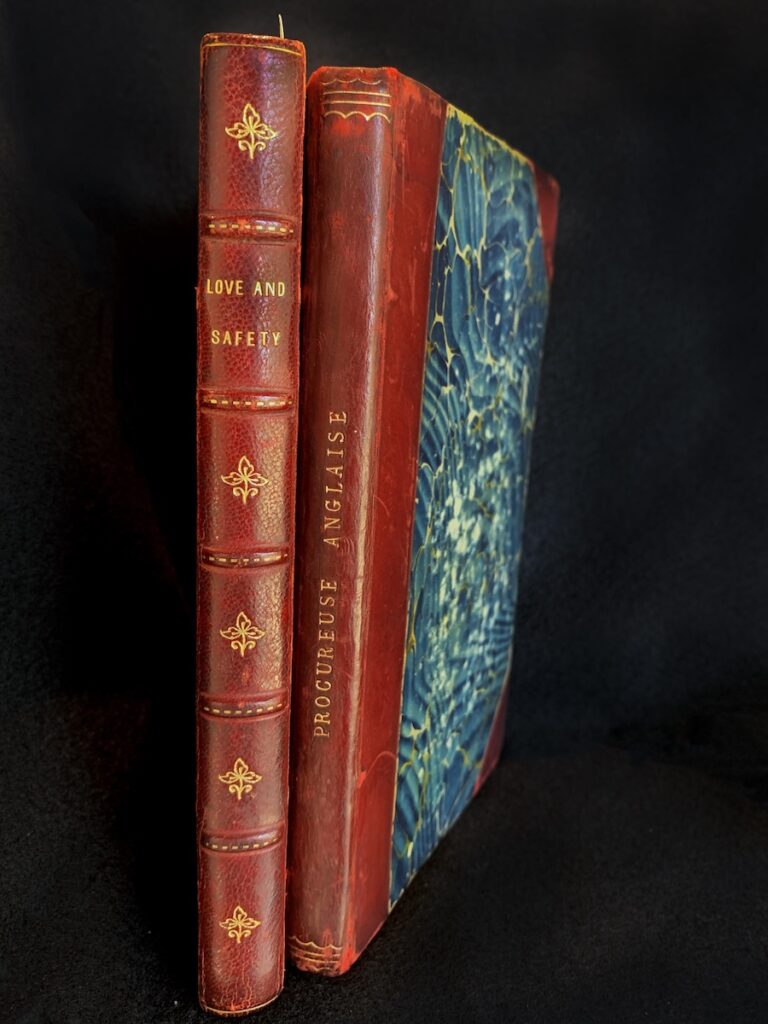
For an unassuming little book published around 1898, Love and Safety is brimming with invaluable advice. Recounting a lecture by the charming and hedonistic Empress of Asturia (complete with live demonstrations on stage), it tells a fictional tale but provides in-depth instruction for women on how to lead satisfying sex lives within the constraints of Victorian society. “Safety,” alongside pleasure, is paramount—bodily safety, safety from unwanted pregnancy, and safety of a woman’s reputation. While some of the empress’s lessons seem dubious, others are surprisingly open-minded and insightful—various methods of masturbation, sex between women, and consistent reassurance that the desire for and the act of sex are completely natural.
In a time when female sexuality was often tangled in shame and fear, this work allowed women to explore their sexualities outside of the control and knowledge of men. False bindings, such as the one shown above, and discreet titles like Love and Safety allowed women to keep these resources on their shelves. The empress, after all, defines in her lecture the lesser-known eleventh commandment: “Thou shalt not be found out.”
Colonization in Translation: The Pop-Up Kama Sutra
When it comes to sex manuals, one title often comes to mind: the Kama Sutra. While today the name conjures thoughts of athletic sex positions, the original text was written as a guide to living a good and fulfilling life—with good and fulfilling sex being only one aspect. Often attributed to second or third-century Indian philosopher Vātsyāyana, the book has survived—in some form or other—thousands of years of adaptation and interpretation. Today, it is considerably more popular in America and England than in its native India, thanks in large part to an English translation by self-proclaimed British explorer Sir Richard Burton in 1883. This translation effectively transformed a piece of Sanskrit literary heritage into an English novelty.
One of two pop-up editions in our collection, the 2003 edition created by Keith Finch and Andy Crowson uses excerpts of the Burton translation. It includes examples of nineteenth-century erotic illustrations by Indian artists—albeit almost all of them sourced from museums in England. The pop-up illustrations, though drawn by a British artist, visually reference Indian illustrations often coupled with the text. These pages move in a way that mimics intercourse, placing a narrow and pornographic focus on the act of penetrative sex while appropriating elements of Indian artwork.
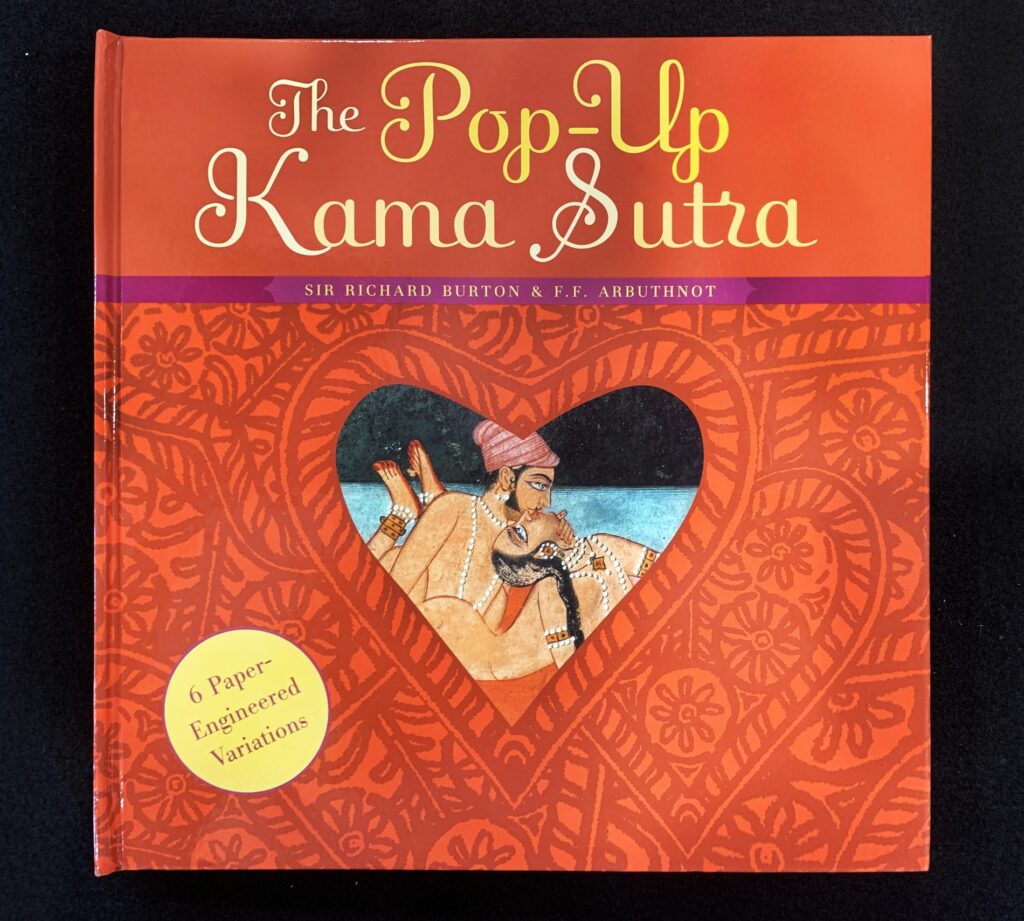
This edition starkly highlights the long history of British colonization of Indian literature and culture. One can’t help but consider, while idly moving the comical paper sex dolls, how and why this version of the text came to be.
Erotic works justify their place in archives not only as case studies of what humans find enticing or taboo but also as historical markers for how our ideas about sex and sexuality have evolved. By examining the ebb and flow of these ideas, we can begin to understand and challenge why we uphold the values, ideals, and perspectives we do today.
The books named in this article are available for research in Special Collections. For more information, contact the curator of rare books Cassie Brand.
Charlie Hoppe is an MFA Illustration and Visual Culture candidate at The Sam Fox School of Design & Visual Arts and serves as a Rare Books Outreach Fellow in the Julian Edison Department of Special Collections.
For Further Reference
The Libraries Acquire a Rare Book of the French and Italian Renaissance
Sex in the Archives: The Politics of Processing and Preserving Pornography in the Digital Age
Porn Historian Bri Watson On The Very First Porno Film | CONAN on TBS
